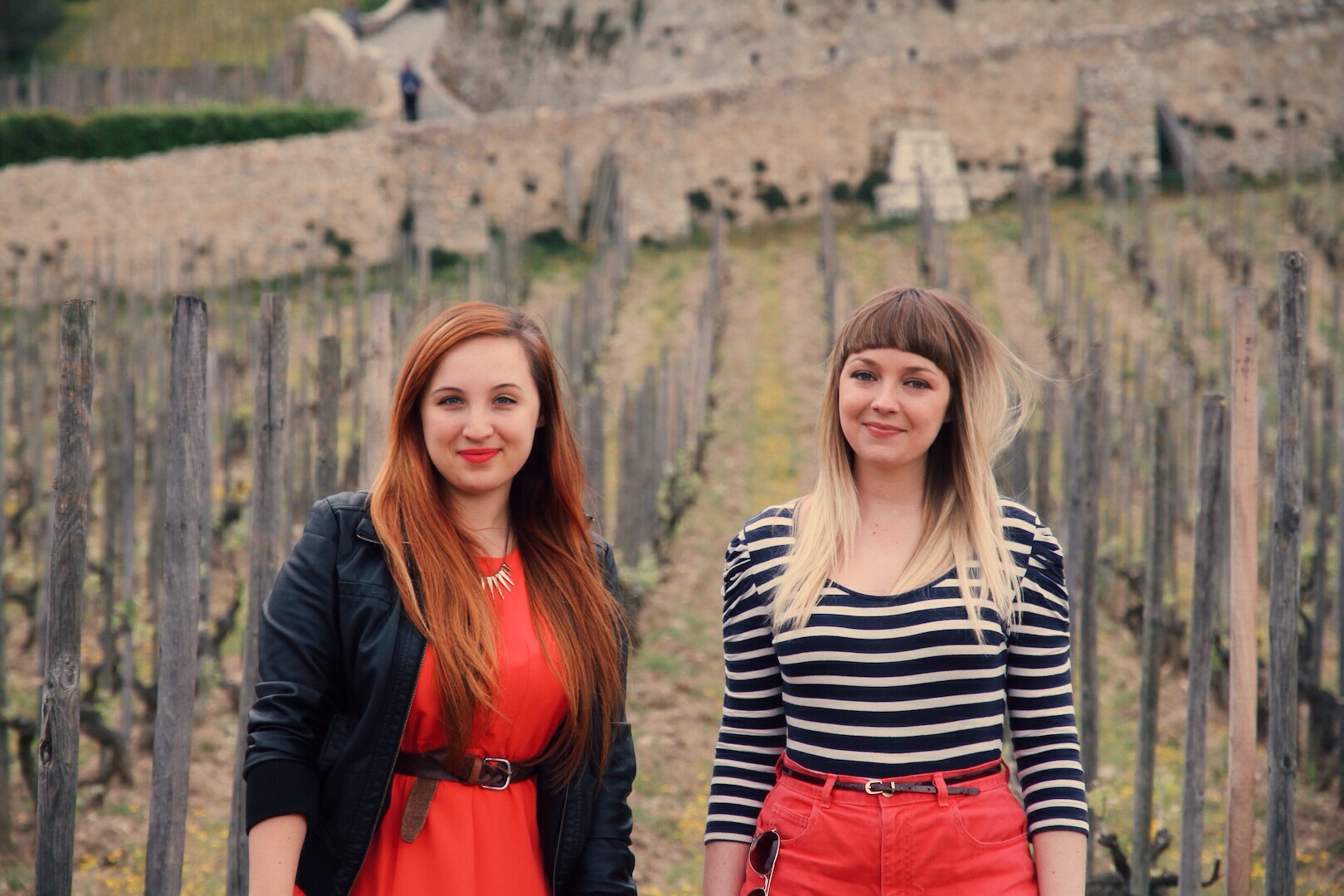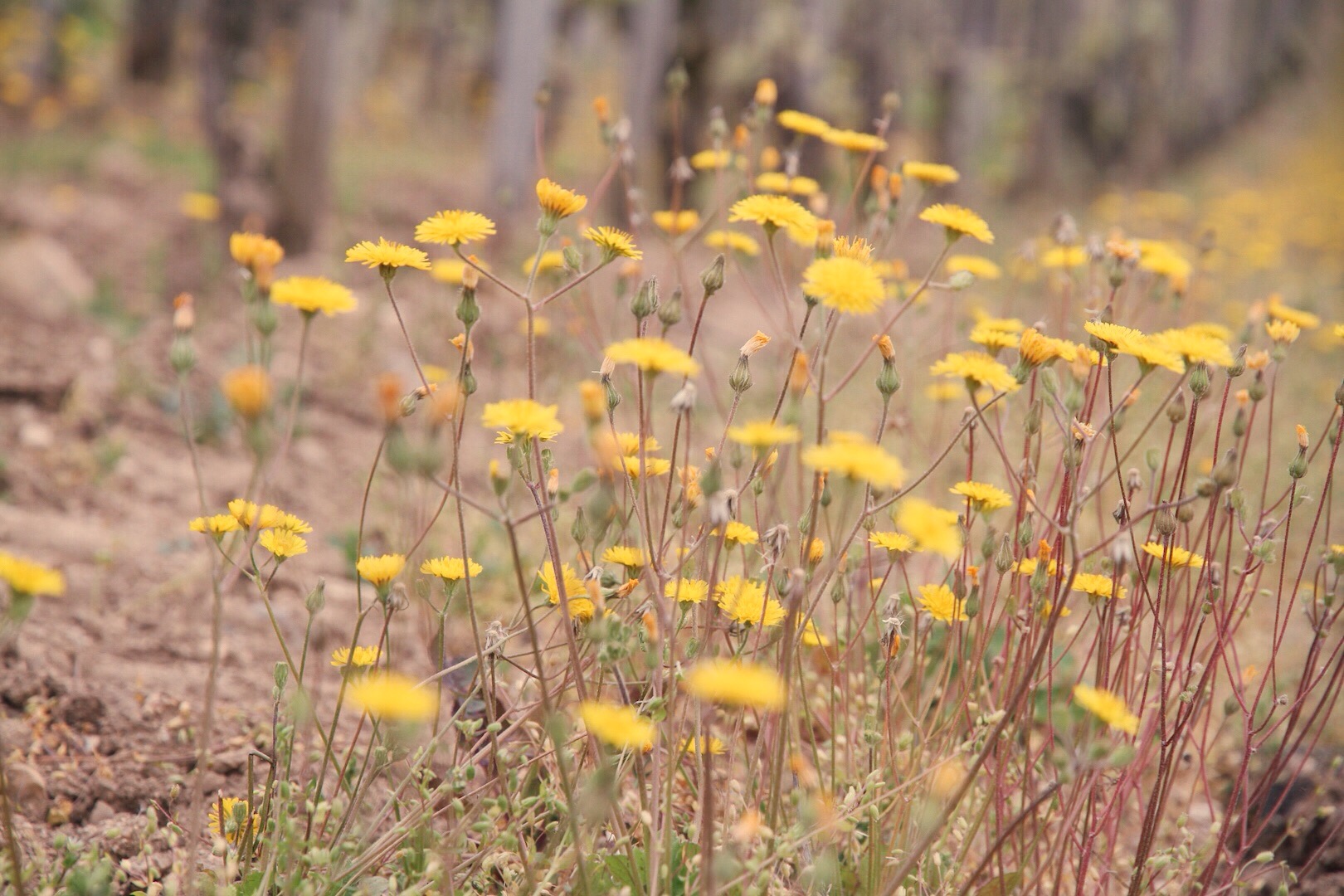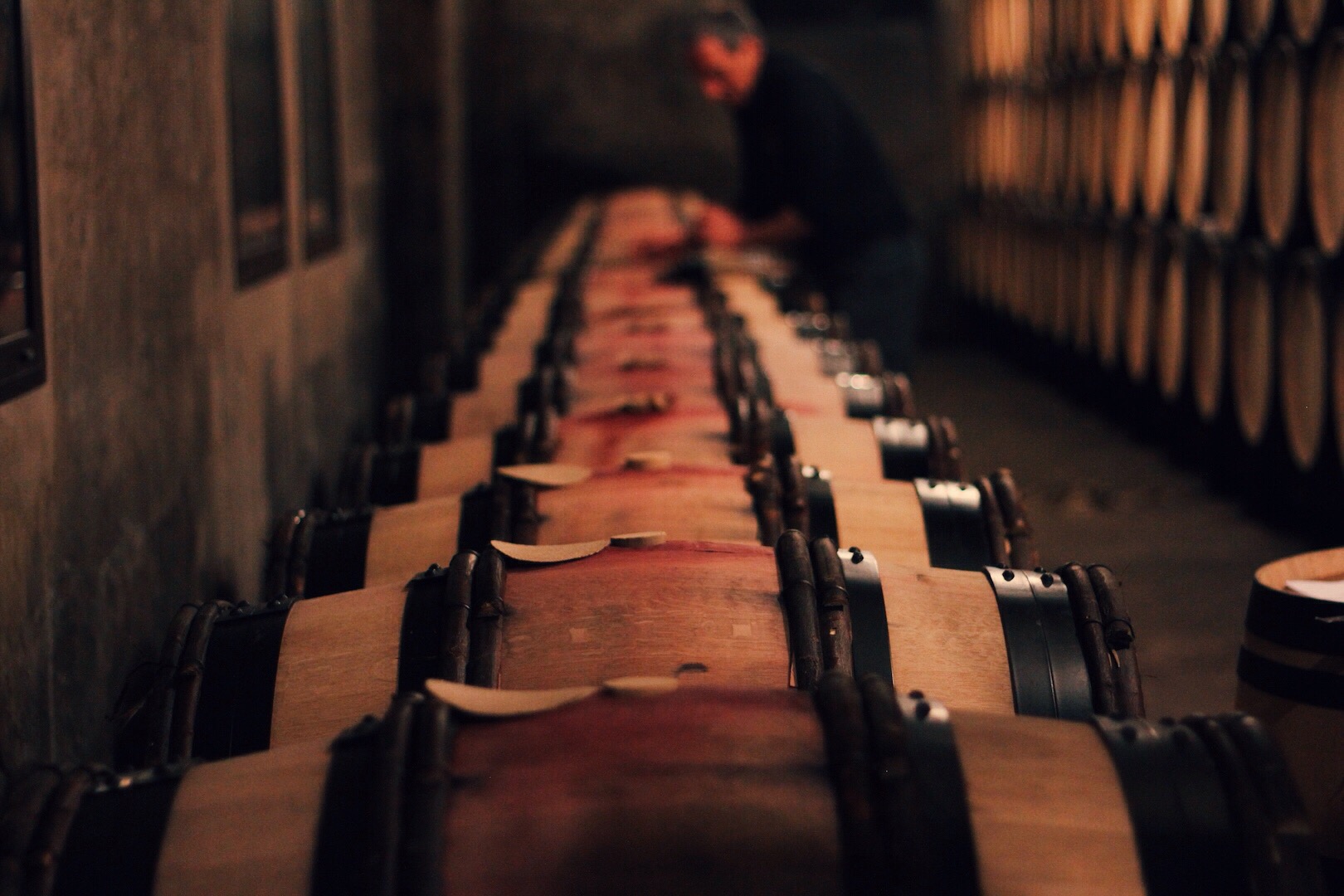Maison M. Chapoutier
Open 7 days a week | Monday to Friday 9h00 – 13h00 and 14h00 – 19h00, Saturday 9h30 – 13h00 and 14h00 – 19h00 and Sunday 10h00 – 13h00 / 14h00 – 18h00
18, av Dr Paul Durand, 26601 Tain Cedex | Tel: +33 475 089 261
Our Wine Pick | Le Pavillon (we tried it, if you’ve got 400 euros to fork out it’s a good example of a Biodynamic wine)
Despite what you might imagine, biodynamic ain’t no 80’s funky exercise class for which to get your scrunchies and spandex out. But yeah, no matter what angle you look at it, it is a little wacky – think dung-stuffed cow horns, following cosmic rhythms and something a little renaissance-style. Intrigued? Read on…
Last week, we headed to Maison M. Chapoutier, a winery and négociant business situated in Tain-l’Hermitage, who, aside from making popular Rhône-style Syrah, Grenache and Mourvèdre blends (those are all different grape varieties, which will be covered in our wine basics in good time), is also a key biodynamic estate.
 As people have become more and more aware of what goes into their wine glass, biodynamic wines have sprung up on high-end wine shelves. So let’s get back to basics:
As people have become more and more aware of what goes into their wine glass, biodynamic wines have sprung up on high-end wine shelves. So let’s get back to basics:
#1: Erm, what exactly is biodynamic winemaking?
Biodynamic winemaking is actually less about the winemaking, and more about the vineyard. In poncy language, it’s is an energy management system, based on the concept that everything is connected. In our human being understanding, we think Mufasa explained it best in our favoured childhood movie, The Lion King –
Simba – when we die, our bodies become the grass, and the antelope eat the grass. And so we are all connected in the great Circle of Life.
Basically, imagine that biodynamic winemaking is the belief in the ‘Circle of Wine’. As a winemaker, you believe that the vines planted in the earth are linked to the man pruning the vine. Both the vine and the man are connected by the heat of the sun and the shade of the stars. Everything follows a colossal life force.
 Most importantly, no chemicals (pesticides, herbicides, any-cide really) or man-made additions are used in the vineyard. To keep away pests and problems, winemakers will turn to their own homemade compost, made of 100% natural ingredients such as Achillea Millefolium, Chamomile, Nettle, Oak and Dandelion, which are then put into different organs to be buried in the vineyard – for example, Alchilea is put into a deer bladder, while Chamomile into a cow intestine. The winemaker will refer to a biodynamic calendar, which indicates the best time for harvesting your grapes (e.g. fruit days) or leaving the vineyard to be in peace (e.g. flower days).
Most importantly, no chemicals (pesticides, herbicides, any-cide really) or man-made additions are used in the vineyard. To keep away pests and problems, winemakers will turn to their own homemade compost, made of 100% natural ingredients such as Achillea Millefolium, Chamomile, Nettle, Oak and Dandelion, which are then put into different organs to be buried in the vineyard – for example, Alchilea is put into a deer bladder, while Chamomile into a cow intestine. The winemaker will refer to a biodynamic calendar, which indicates the best time for harvesting your grapes (e.g. fruit days) or leaving the vineyard to be in peace (e.g. flower days).

 #2: Who invented Biodynamic Winemaking?
#2: Who invented Biodynamic Winemaking?
Biodynamic farming is no new trend. Back in the 1920s, there was a popular Austrian philosopher named Rudolph Steiner. Steiner was the weird kid in the neighbourhood, having visions of his dead aunt at the age of 3. Aside from editing the works of philosophers such as Nietzsche and Goethe, Steiner had his own whole philosophy rotated around the nature of God and spiritual phenomenons (with various cults around cosmic energies spinning off this idea). He may have had some slightly oddball notions, but his largest contribution was that he theorised biodynamics in agriculture – the oldest, anti-chemical agricultural movement that predates the creation of organic farming by about twenty years.
 #3: Does a Biodynamic wine taste any different from other wines?
#3: Does a Biodynamic wine taste any different from other wines?
In our experience – not really. Or at least, not overtly. And we did try.
After a hop and a skip through the Chapoutier vineyards, we retreated indoors to sample a range of their powerful wines, including a biodynamic special called Le Pavillon (if you’ve got 400 euros to fork out it’s a good example of a Biodynamic wine). It was deliciously smoky and complex with hints of raspberry and cocoa, but we didn’t pick up anything overly unusual or crazy that could be attributed to the biodynamic process. This is probably thanks to our baby palates, and the fact that we have zero experience in tasting biodynamic wines.
 We’re cautious to simply dismiss biodynamic winemaking as hocus pocus after our winemaking professor, a no-nonsense Australian who happens to be a working winemaker here in France, told us a convincing story about how she became a ‘believer’. A long-standing biodynamic skeptic, she once had the opportunity to taste three different wines from the same vintage, piece of land and grape variety. One was made using ‘normal’ farming methods, one was made according to organic standards, and the last was biodynamic. Without being told which was which, she was blown away by the biodynamic wine and noted that the difference was vast.
We’re cautious to simply dismiss biodynamic winemaking as hocus pocus after our winemaking professor, a no-nonsense Australian who happens to be a working winemaker here in France, told us a convincing story about how she became a ‘believer’. A long-standing biodynamic skeptic, she once had the opportunity to taste three different wines from the same vintage, piece of land and grape variety. One was made using ‘normal’ farming methods, one was made according to organic standards, and the last was biodynamic. Without being told which was which, she was blown away by the biodynamic wine and noted that the difference was vast.
 #4: And finally, what about that cow horn everyone keeps talking about?
#4: And finally, what about that cow horn everyone keeps talking about?
There are indeed cowhorns buried around biodynamic wine farms. These have some dung put into them (one piece of dung per hectare is enough), whereafter the horn is buried for the winter, encouraging the sun to take back its strength from the earth, and catalyzing the forces from each planet into solar energy for the soil. Trust, we’re not making this stuff up.
 Despite its quirks, we reckon that biodynamic winemaking is a refreshing and holistic way to look at agriculture. And the more you understand it in practice, it’s nothing new or ‘hippy’, really – it’s been done for centuries, with ancient Egyptians and Greeks reading signs from nature too. You know, in this day and age, when our antibiotic-stuffed chickens are crammed into warehouses and we don’t know where our 2% low-fat milk comes from, it’s refreshing to engage with a wine that has been rid of chemicals, and produced with such attention. After all, if it’s better for the environment, it’s better for you, and that additional touch of care is what, we think, makes that difference our winemaking professor was talking about.
Despite its quirks, we reckon that biodynamic winemaking is a refreshing and holistic way to look at agriculture. And the more you understand it in practice, it’s nothing new or ‘hippy’, really – it’s been done for centuries, with ancient Egyptians and Greeks reading signs from nature too. You know, in this day and age, when our antibiotic-stuffed chickens are crammed into warehouses and we don’t know where our 2% low-fat milk comes from, it’s refreshing to engage with a wine that has been rid of chemicals, and produced with such attention. After all, if it’s better for the environment, it’s better for you, and that additional touch of care is what, we think, makes that difference our winemaking professor was talking about.




















4 Comments